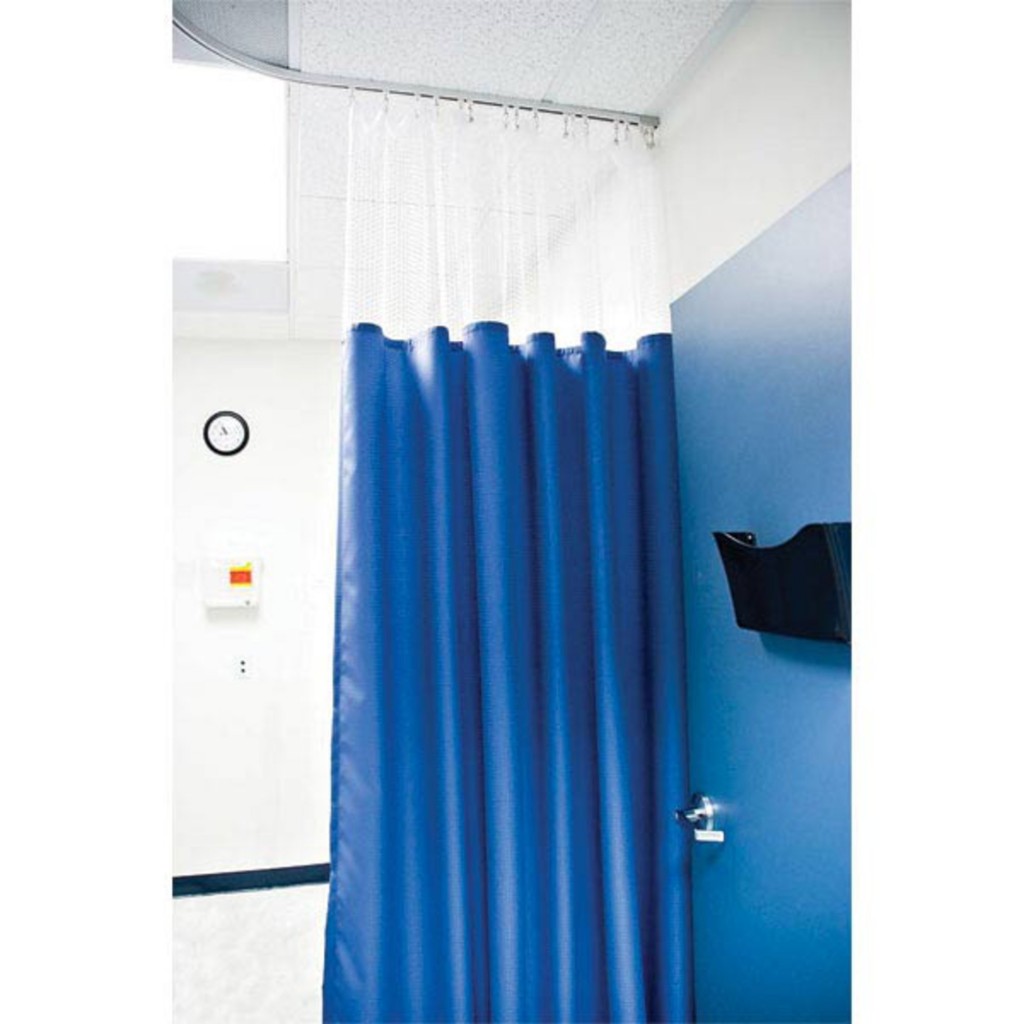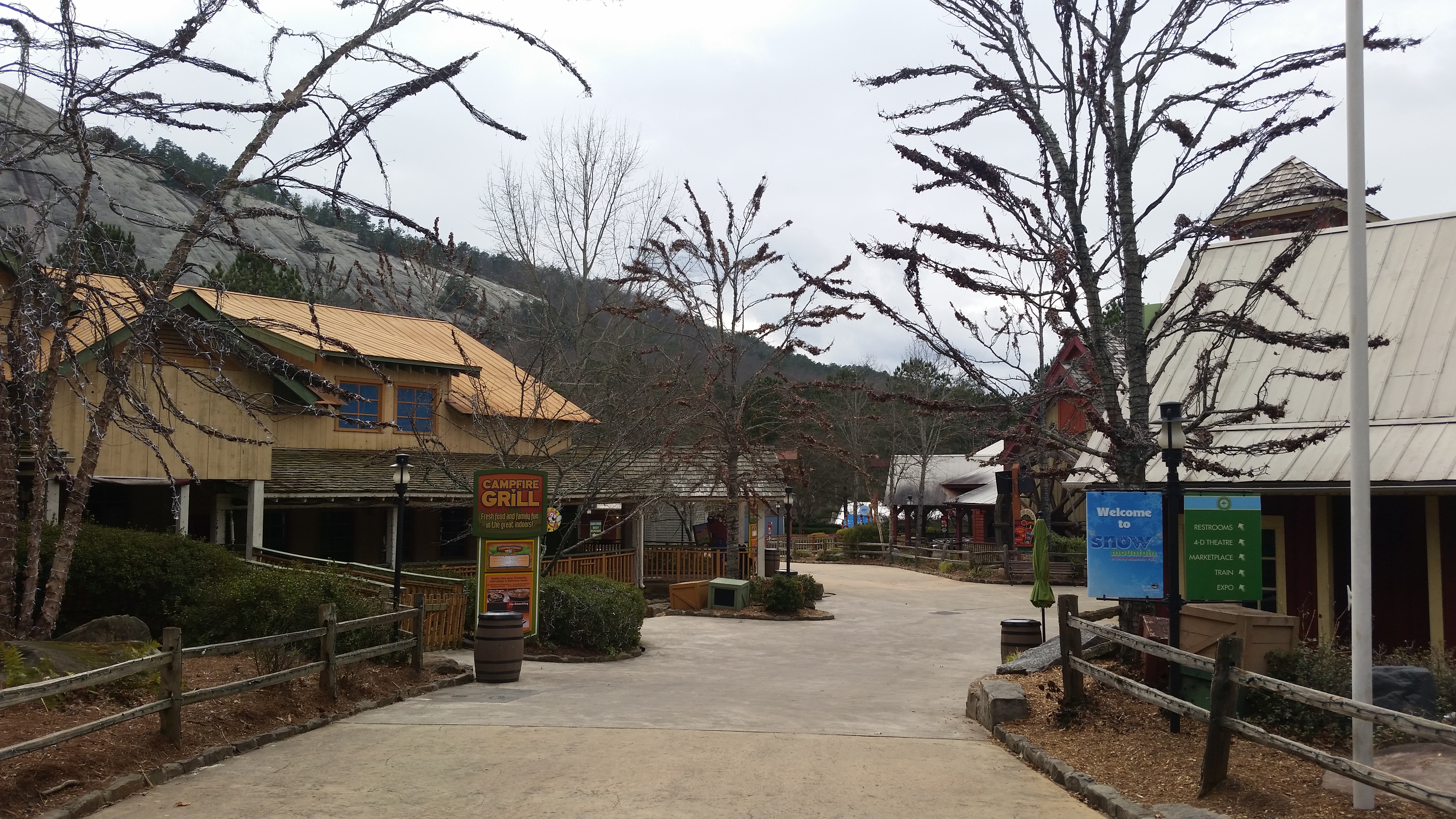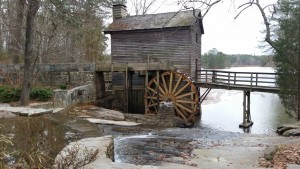



This type of structural segregation is also present in some areas of Atlanta where they will not allow poorly dressed individuals (those who look poor) inside of “richer” buildings. I chose this article because it explicitly shows the concept of architectural exclusion and the article is presented in a very professional non-biased manner. Essentially, this article does not add any opinion, but reports the findings.

ECHO WEN, WAN, XU JING, and DING YING. “To Be Or Not To Be Unique? The Effect Of Social Exclusion On Consumer Choice.” Journal Of Consumer Research 40.6 (2014): 1109-1122.Business Source Complete. Web. 17 Feb. 2016.
The authors test their hypothesis that people who feel socially included will tend to express product loyalty and follow more mainstream trends compared to those who are socially excluded. The authors divide the people in the study in two categories: Those who are considered “stable” and those who are considered “unstable”. They tested them by socially excluding them through social media, product advertisement and vacation location choices. Their results showed that people who experienced social exclusion and were “stable” would express product loyalty and follow the trends of those around them. In contrast, those who were “unstable” showed little to no product loyalty and interpreted the social exclusion as a reason to stand out and be unique.

I chose this paper because it shows how socially people can become excluded, through products and their choices. By becoming excluded socially, these people can also become architecturally excluded. For example, those who were classified as “unstable” can feel excluded from certain interior and exterior environments if it does not make them feel like they belong. Atlanta itself relies heavily on advertisement and products, and those who exhibit no product loyalty may easily feel excluded from Atlanta.

Criticism is possibly the best thing one person can give another. Criticism is like little packets of cheat sheets, or knowledge and giving that to someone can really benefit them. However, taking it and learning how to decode those little packets is the challenge. For me, I have learned to take it and learn from it, not take offense and this has helped me greatly. In a class design such as this one, it is important to be able to take criticism and become comfortable with the aspect of making your work public. At first, this took time for me as I felt very self conscious about the prospect of people seeing my work and seeing the flaws. To be honest, I was struggling quite a lot in the beginning since I did not really have any confidence in my work. However, as time went on, I learned that as long as I gave it my all, that it would be fine. After all, that is all a person can do, is it not?
While on the topic of giving it my all, I have done quite a lot of extra credit activities and taken time to come up with other ways to earn points. I do not just separate time for this course, I pour large amounts of time into this class, often at the expense of sleep. As a result, I do not feel disappointed in myself when it comes to this class. I put a large amount of work and effort into it and the results should speak for themselves. As for having room for improvement, I am learning things as time goes on. There is Always room for improvement, so it is difficult for me to focus on specific details, but if I had to choose three things I’ve improved on it would be: confidence, word usage and research skill. As I continue to improve on these traits and others, it will be translated into my future work.
As for the class, the style is different from what I’m used to. My entire life I have been accustomed to the traditional style of writing (paper and pen). This class is a mixture of traditional style writing (summaries/annotated bibliographies) with a touch of modern style. Overall, as I have been creating summaries and such, I have learned how to research more efficiently and effectively. In the past, when I was conducting research, I did not really know how to identify which sources were appropriate to use and which are not. This class has also taught me to be aware of my audience. Before, when I was writing I would assume the audience knew the things I knew. However, this class has taught me to watch how I write things and not to assume that people understand the same things I understand. As a result, my writing has improved greatly since now I pay attention to my audience and adjust my writing to fit the context.
To put simply, this class is a perfect fit for me and I am grateful for being in this class with such a great teacher.

In her Article, “Making Bathrooms More ‘Accommodating“, Emily Bazelon discusses the hardships that transgender people face when using public restrooms. Unlike most people who have no problem with which restroom they should use, transgender people can have the reproductive organs of the opposite sex. For example, a transgender female may have the reproductive organ of a male. As a result, some people have issues with sharing a bathroom with someone who has a reproductive organ that is different from theirs, leaving those who are transgender with the dilemma of which bathroom they should use.
Naturally, people are resistant to change and not willing to accommodate for others. To support this, Bazelon uses the example of the group of voters in Huston who were protesting against the Broad Equal Right Ordinance. The Broad Equal Right Ordinance would prevent against many types of discrimination, but most importantly, sexual discrimination. The voters responded by using examples of males harassing females which put fear into the rest of the voting pool and resulted in the ordinance being rejected. (Bazelon).
On the contrary, Bazelon uses the example of school districts that are becoming more accepting of those who are transgender. These schools are calling transgender people by their preferred names, and allowing them to participate in sports as the gender they identify themselves as. (Bazelon). However, the issue of transgender people sharing bathrooms with the sex they identify with still remains. For example, Bazelon uses the example of a girl who is undergoing hormonal therapy and wishes to use the girls bathroom. The school originally refused, stating that the girl would be violating other girls privacy.(Bazelon). However, this argument is has major fallacies, since the girl who was transgender could have easily been provided with a curtain or changing room, just like the other girls. Eventually, after government intervention, the girl was allowed to share the changing room with the other girls, provided she used a privacy curtain when changing.

This is what Bazelon refers to as “accommodating”, or the act of “moving over to make room for other people, whether you want to or not.” (Bazelon). She uses examples of how the government previously made accommodations for people because of religious reasons or disabilities. However, Bazelon argues that even if accommodations were made, people would have to be willing to work with the change. Otherwise, eradicating the issues of bathrooms for those who are transgender would have little effect if people did not learn to respect it.
This all stems from the 19th century when bathrooms were divided for logical reasons. During the 19th century, having separate bathrooms and rooms made sense because of the conditions. (Bazelon). However, this is no longer the 19th century, and the same rules apply. Bazelon explains that the most important thing for a transgender person is to fit in. To put this in perspective, Bazelon states, “for transgender girls, the locker room and the bathroom are about joining the all-female enclave, about fitting in.” The issue that remains is that people do not wish to accept the identity that a transgender person identifies themselves as. In order to solve this, small accommodations would need to be made so that those who are transgender would be able to freely exercise the basic human need of using the restroom.
Bibliography

“Ethereal. Invigorating. Peaceful.”
These are the three words that describe the undeniable charm Stone Mountain possesses. Founded as a state park in 1958, Stone Mountain resides next to the buzzing and noisy highway 78, and acts as a quiet sanctuary away from the chaos of civilization. My adventure started at the entrance where I had the option of paying for a daily pass or using a seasonal pass for parking. Being a person who regularly comes to Stone Mountain, I had a seasonal pass and was able to breeze through the entrance. Immediately, I was surrounded on all sides by the brown of the trees, the green grass and the dull and murky blue lakes. As you dwell farther into the park, signs point in multiple directions, directing people to the locations of exhibits and attractions.
The first location I entered was the strategically placed Crossroads. The Crossroads is placed in a location that is likely to be passed, regardless of where you wish to go in the park and is surrounded by signs and advertisements directing people into it. This is because the Crossroads is the transportation hub of Stone Mountain and serves as a staring point for newcomers and tourists. Almost all tickets for attractions must be bought in the Crossroads, and it is also where most of the children oriented activities are located. In addition to this, the Memorial Hall Museum sits right next to the Crossroads and is oriented for a older audience. Coincidence? I do not think so.


However, this is the only place in the park that is heavily influenced by man and marketing. The rest of the park has little man made interference, other than the roads and paths that were created for easy accessibility throughout the park. These parts of the park, like the Grist Mill, Carillon and the entrance to the famous walk-up trail were filled with people, ranging from those who are athletically oriented to those who just wish to escape from the city. As I explored these areas, which were easily accessible, I was filled with a sense of tranquility and felt myself forget about all the things that caused me stress.
Despite knowing that most of the park was technically man made, and that the artifacts were not original to the park did not bother me at all.
From the sound of the Grist Mill, to the music playing at the Carillon, I felt like I was isolated from the noise and crowds that plague the outside world and could actually focus on my thoughts. I believe this is the reason why many people come to Stone Mountain; to escape the urban trap of the city and become engulfed in the loving arms of nature.

This is the century old Covered Bridge that leads to Indian Island, which is located just below the Grist Mill. Like most of the other exhibits at Stone Mountain, this was not original to the park. The Covered Bridge was brought from Athens, Georgia in 1969. The bridge is very old and squeaky when its driven over, almost as if its alive and breathing.
This video shows the beautiful Carillon at Stone Mountain. I arrived during the daily concert that is performed by Mabel Sharp, and has been for over 30 years now. However, the day that I arrived, it was playing the recording since live performances only take place over the weekends. The Carillon, just like the Grist Mill, was not originally built at Stone Mountain. The Carillon was donated by Coca-Cola after it was shown in the 1964 World’s Fair.

This is the entrance to the Walk-up Trail at Stone Mountain. From this point to the top, the trail length is 1.1 miles and is a combination of steep and gentle slopes. Pets are not allowed to go on the walk-up trail and the trail itself is surrounded in warning signs to not stray off the designated trail. Once a higher elevation is reached, the trail becomes surrounded in fencing to prevent people from going on the dangerously steep parts of the trail.

I took a picture of this sign because it depicts how “set” things are at Stone Mountain. Trails are very neatly cut out and signs surround them warning the users of the dangers and (sometimes) fees they may receive for going off the trail. In a way, when you think about it, is all of the park really open to the general public? Or are we limited to certain areas within the park and being excluded from what lies off the trails?